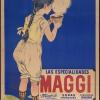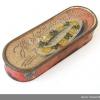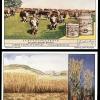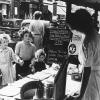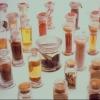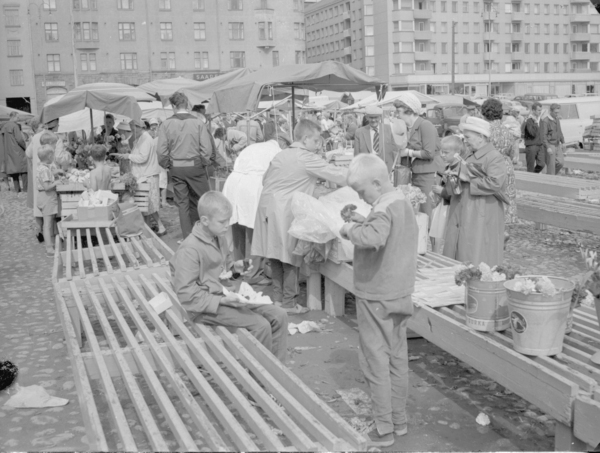Authentic or organic?
The pursuit of healthy and safe food turned Europeans toward traditional and regional products.
Apart from the "organic food" movement, which started in the 1940s, the valorization of the small, local farm is a recent phenomenon. But what makes food "traditional"? The definition of "organic" food is laid down in the 1991 EU Eco-regulation 2092.
"Traditional" food is a different matter entirely. Efforts to promote some foods as "regional" specialties was often the work of tourism promoters like Michelin in France, which sought to develop a new map of France based on cuisine. Historically, many "traditional" products have been present in a specific region, but have not had an individual brand. Italian products are a good case in point: what is known today as the Sarconi Bean was simply a bean produced in the region. Pretuzian Oil from the Teramo Hills was an olive oil pressed in the region for centuries, but never named or branded as such.
Calling a process "traditional" means choosing a particular point in time as the "traditional" point, and marks everything that comes after as "modern." Many traditional methods of production, as they are advertised today, developed over the centuries, would not actually gain "organic" certification.
What is a local specialty in some countries, is widely known in others. Black sausage, known in Finland as "<i>mustamakkara</i>", is associated with the Tampere region, while the identical "<i>Blutwurst</i>" or "<i>kaszanka</i>" are popular throughout Germany and Poland, respectively.
 Previous Story
Next Story
Previous Story
Next Story
How to cite this page
Slawomir Lotysz, 'Authentic or organic?', Inventing Europe, http://www.inventingeurope.eu/daily-lives/authentic-or-organic
Sources
- Scarpellini, Emanuela. Material Nation: A Consumer's History of Modern Italy. Oxford: Oxford University Press, 2011.
- Deutsch, Jonathan, Murakhver, Natalya. They Eat That? : A Cultural Encyclopedia of Weird and Exotic Food from Around the World. Santa Barbara: ABC-CLIO, 2012.





